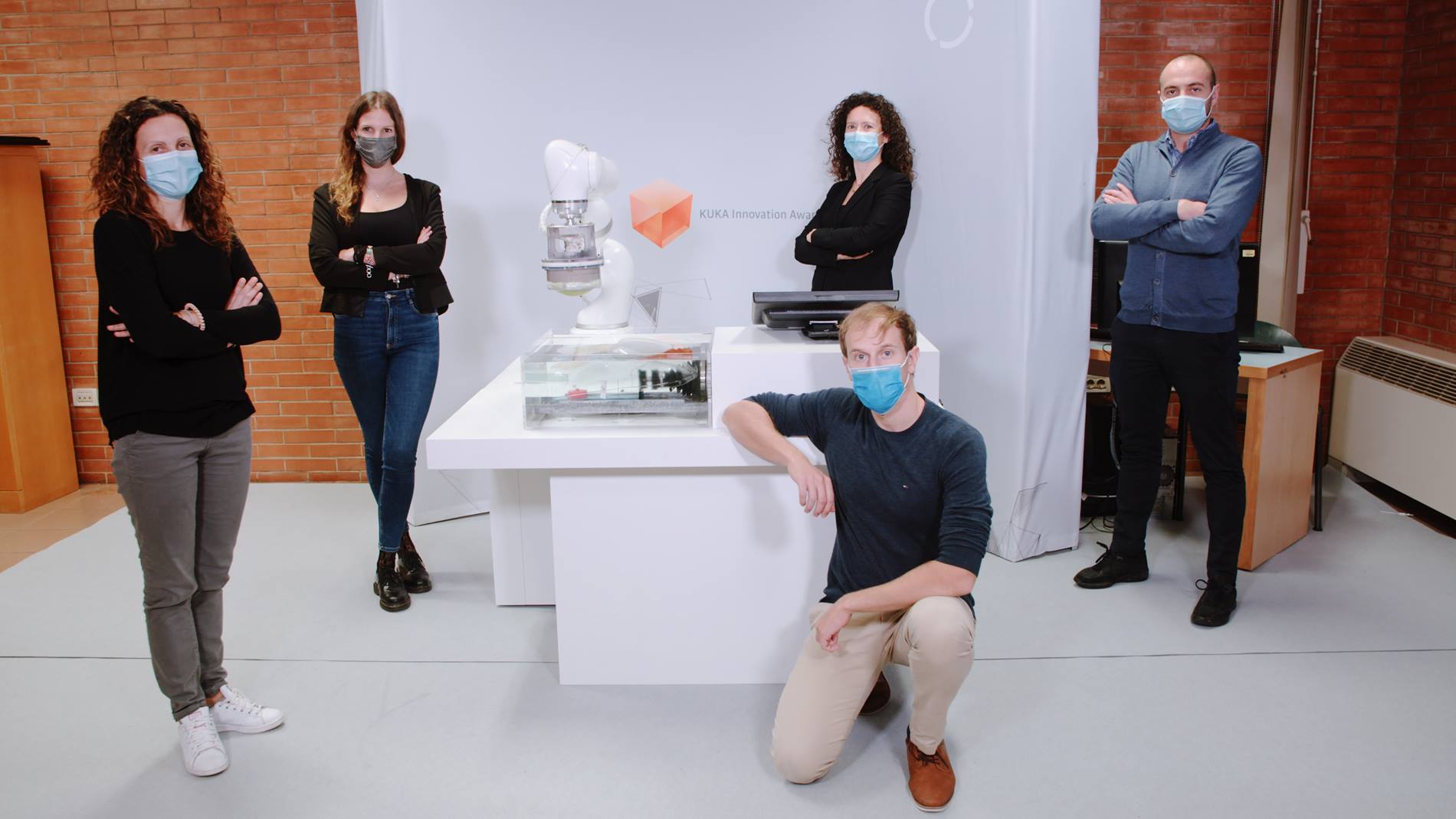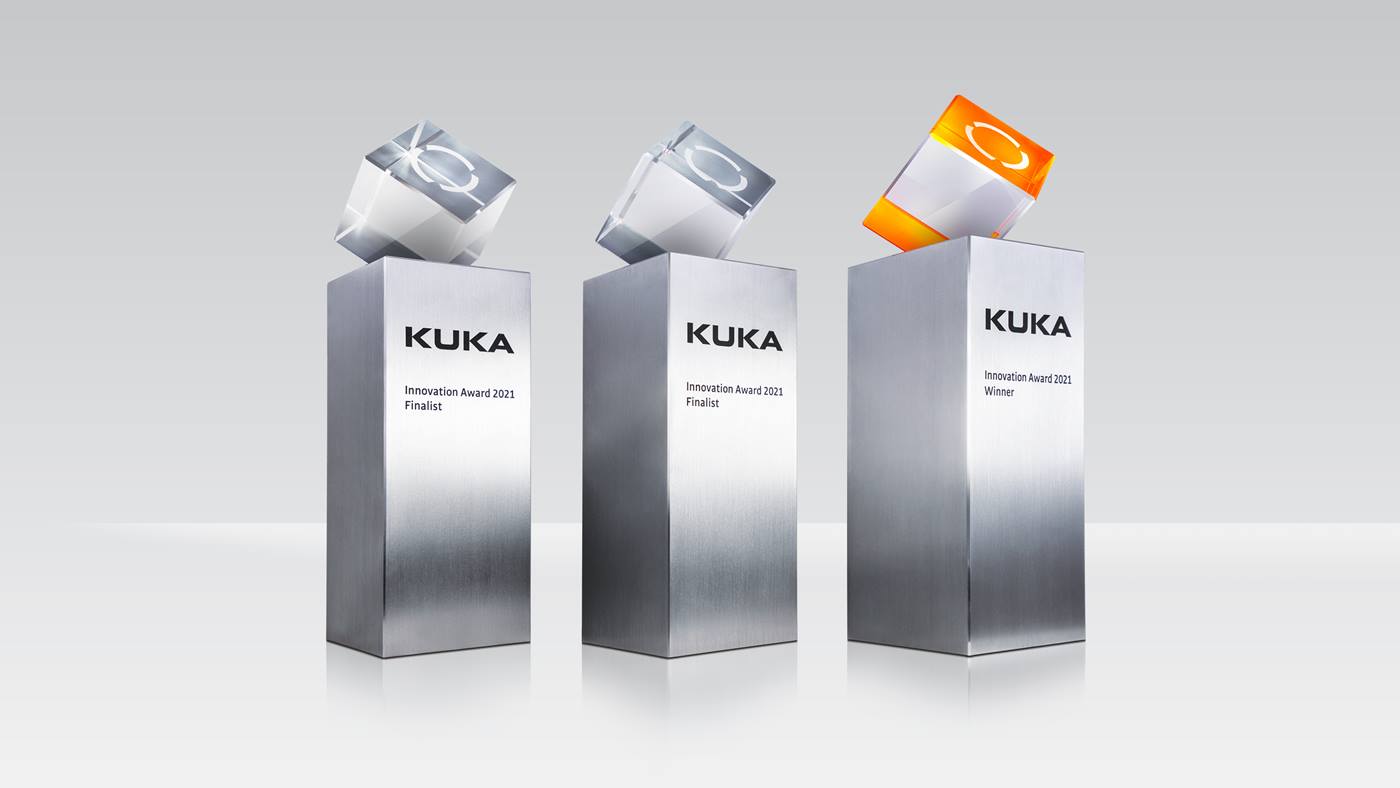Innovation Award 2020: Medical Robotics Challenge
This year, the KUKA Innovation Award’s international jury of experts received a total of more than 40 ideas. The five finalist teams had time until November to implement their ideas. A KUKA LBR Med lightweight robot – the first robotic component to be certified for integration into a medical device – has been made available to them for this purpose. Beyond this, the teams have received a training for the hardware and coaching from KUKA experts throughout the competition. At virtual.MEDICA from 16-19.11.2020, the finalists presented their concepts to an international audience of experts and to the Innovation Award jury. The winner of the KUKA Innovation Award 2020, worth 20,000 euros, is Team HIFUSK from the Scuola Superiore Sant'Anna in Italy.



